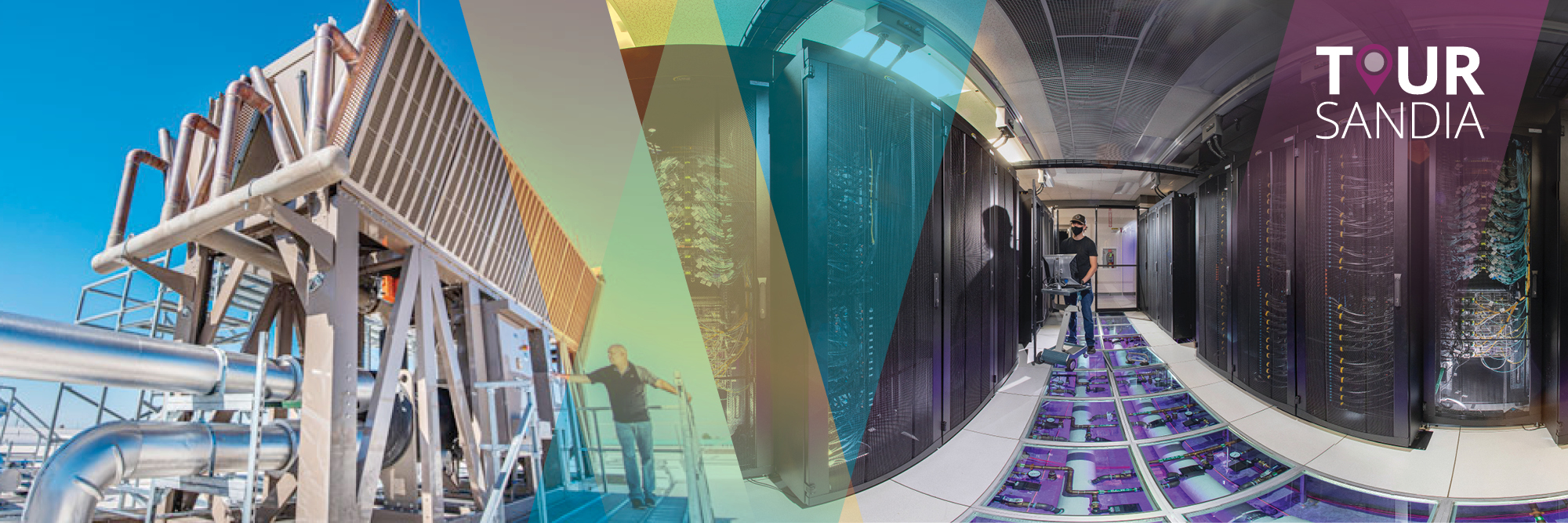Overview
In 1961, President Kennedy made a bold promise to the nation; the United States would be the first nation to land a man on the moon. Eight years later, Neil Armstrong made his famous first step for all mankind on Earth’s orbiting satellite. In order to get there, however, it required a lot of work, a lot of sacrifice, and a lot of calculations. Those calculations were mostly done by hand, but to help achieve Kennedy’s lofty goal, IBM provided NASA with one of its 7090 mainframe computers, which was capable of doing around 24,000 calculations per second. And thus, computers became indelibly tied to the advancement of technology and discovery in the public mind.
Fast-forward forty years, and most people have devices in their pockets capable of around five trillion calculation per second, though we rarely use our smartphones just as a calculator. However, in Sandia’s Data Center, home to much of its high performance computing (HPC) power, even a smartphone would feel a little dumb in the presence of some of the mightiest and fastest computing machines on Earth. These machines are used for a variety of purposes, from modeling and simulations, to providing the raw computing power necessary to help tackle some of the world’s toughest problems in the areas of environmental, military, and even medical.
Yet, despite how they’ve grown and changed, these mighty machines, though several orders of magnitude more powerful than their predecessors, still serve the same purpose they did back when they were helping humanity get to the moon; they’re aiding us in exploring new frontiers.
